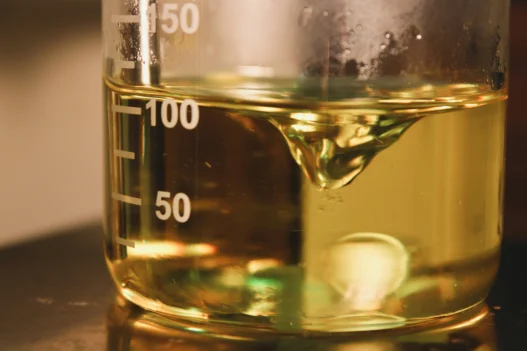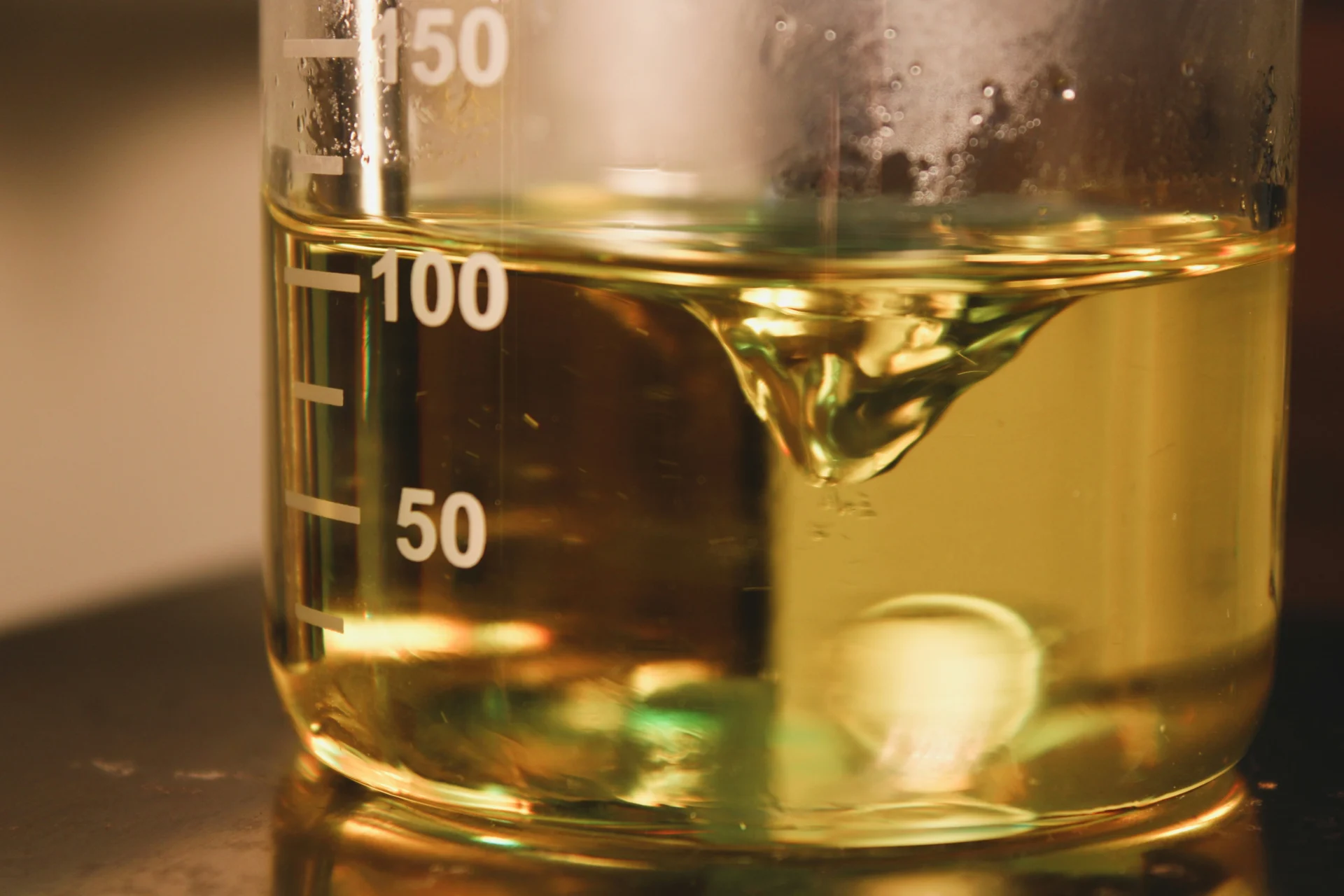Spironolactone is a medication that is commonly used to treat conditions such as high blood pressure, heart failure, and edema. Due to its ability to reduce the body’s retention of salt and water, spironolactone plays a crucial role in managing these medical conditions and improving overall health. Its importance in everyday life lies in its ability to help individuals effectively manage and control these common health issues, thereby enhancing their quality of life and well-being.
Table of Contents:
- 💡 Commercial Applications
- ⚗️ Chemical & Physical Properties
- 🏭 Production & Procurement
- ⚠️ Safety Considerations
- 🔬 Potential Research Directions
- 🧪 Related Compounds
💡 Commercial Applications
Spironolactone, a medication classified as a potassium-sparing diuretic, is primarily used in the treatment of various medical conditions. However, beyond its pharmaceutical applications, Spironolactone also finds use in the commercial and industrial sectors.
In commercial applications, Spironolactone is utilized in the production of cosmetic products. Specifically, it is included in some skincare formulations for its anti-androgenic properties, which help reduce oil production in the skin. Additionally, Spironolactone is used in hair care products to inhibit the production of testosterone, which can contribute to hair loss.
In the pharmaceutical realm, Spironolactone is most commonly prescribed as a treatment for conditions such as hypertension, heart failure, and edema. By blocking the effects of aldosterone, a hormone that regulates sodium and water balance in the body, Spironolactone helps to decrease fluid retention and lower blood pressure. Moreover, Spironolactone is also used in the management of hormonal imbalances, such as in the treatment of hirsutism and acne in women with polycystic ovary syndrome.
⚗️ Chemical & Physical Properties
Spironolactone is a white to off-white crystalline powder that is practically odorless. It is a synthetic steroid that acts as a potassium-sparing diuretic and is also used as an antiandrogen.
The molar mass of Spironolactone is approximately 416.6 g/mol, with a density of about 1.24 g/cm³. In comparison, common food items like sugar and salt have lower molar masses and densities, making Spironolactone heavier per unit volume.
The melting point of Spironolactone is around 207-208°C, while its boiling point is approximately 360°C. Compared to common food items like butter and chocolate, Spironolactone has higher melting and boiling points.
Spironolactone is sparingly soluble in water, with a higher viscosity compared to most food items. This makes it less soluble and thicker in consistency when dissolved, unlike common food items that readily dissolve in water and have lower viscosities.
🏭 Production & Procurement
Spironolactone is a synthetic steroidal medication that is primarily produced through chemical synthesis in pharmaceutical manufacturing facilities. The key starting material for the synthesis of Spironolactone is pregnenolone, which undergoes a series of chemical reactions to yield the final product. The production process of Spironolactone involves strict quality control measures to ensure the purity and efficacy of the medication.
Spironolactone can be procured through various means, such as prescription from a licensed healthcare provider or purchase from authorized pharmaceutical distributors. It is typically available in tablet form and can be obtained from pharmacies or medical facilities. The transportation of Spironolactone follows standard protocols for shipping pharmaceutical products, with proper labeling and packaging to ensure product integrity during transit.
In the distribution chain, Spironolactone is typically stored in controlled environments to maintain its stability and effectiveness. The medication may be transported to various healthcare facilities, pharmacies, and distribution centers through established supply chains. Proper storage conditions, such as temperature control and protection from light and moisture, are essential to preserve the quality of Spironolactone during procurement and transportation.
⚠️ Safety Considerations
Safety considerations for Spironolactone include its potential to cause hyperkalemia (elevated levels of potassium in the blood), which can lead to serious heart problems. Patients with kidney disease or those taking potassium supplements should use this medication with caution. Spironolactone may also interact with other medications, such as ACE inhibitors or NSAIDs, increasing the risk of side effects.
Hazard statements for Spironolactone include its potential to cause dizziness, drowsiness, and increased potassium levels in the blood. It is important to avoid activities that require mental alertness, such as driving or operating machinery, until the individual knows how Spironolactone affects them. In cases of overdose, individuals may experience confusion, extreme drowsiness, or muscle weakness.
Precautionary statements for Spironolactone advise patients to monitor their potassium levels regularly while taking this medication. It is important to inform healthcare providers of any changes in kidney function or other health conditions. Spironolactone should be taken as directed by a healthcare provider to ensure safety and effectiveness. Additionally, patients should avoid salt substitutes containing potassium while using Spironolactone.
🔬 Potential Research Directions
One potential research direction of Spironolactone is its role in treating cardiovascular diseases, such as heart failure and hypertension. Studies have shown that Spironolactone can improve cardiac function and reduce blood pressure in patients with these conditions. Further research could focus on the mechanism of action and optimal dosing of Spironolactone in cardiovascular therapy.
Another area of interest for Spironolactone research is its potential use in treating hormonal disorders, such as polycystic ovary syndrome (PCOS) and hirsutism. Spironolactone is known to block the effects of androgens, which are often elevated in these conditions. Future studies could investigate the efficacy and safety of Spironolactone in managing hormonal imbalances and associated symptoms in these patient populations.
Additionally, there is growing interest in exploring the anti-inflammatory and anti-fibrotic properties of Spironolactone in various disease states. Research has suggested that Spironolactone may have beneficial effects in conditions characterized by inflammation and tissue scarring, such as liver fibrosis and chronic kidney disease. Further investigations could elucidate the molecular pathways involved and potential therapeutic applications of Spironolactone in these inflammatory and fibrotic disorders.
🧪 Related Compounds
One compound similar to Spironolactone based on its molecular structure is Eplerenone. Eplerenone is a selective aldosterone receptor antagonist that is structurally related to Spironolactone. It is used in the treatment of hypertension and heart failure, similarly to Spironolactone. Eplerenone works by blocking the effects of aldosterone in the body.
Another compound that shares similarities with Spironolactone is Canrenone. Canrenone is a major metabolite of Spironolactone and is also a mineralocorticoid receptor antagonist. It is used in the treatment of edema and hypertension, much like Spironolactone. Canrenone is formed in the body when Spironolactone is metabolized and exerts similar pharmacological effects.
Aldosterone is another compound that is structurally related to Spironolactone. Aldosterone is a hormone produced by the adrenal glands that plays a key role in regulating electrolyte and fluid balance in the body. Spironolactone works by antagonizing the effects of aldosterone, making it a crucial component in the treatment of conditions such as hypertension and edema. Aldosterone and Spironolactone both have similar chemical structures, allowing Spironolactone to effectively block the actions of aldosterone in the body.







